In the ever-evolving landscape of digital marketing, clinging to old-school SEO tactics is like using a flip phone in an era of smartphones—it just doesn’t work anymore. For years, the game was simple: identify high-volume keywords and stuff them into your content. Today, search engines like Google are far more sophisticated. They’ve evolved to understand the *intent* and *context* behind a user’s query, not just the literal words they type. This is the world of semantic SEO, and mastering it is no longer optional for sustainable growth.
This guide will take you beyond the basics of keywords and into the core of what makes a modern SEO strategy successful. We’ll explore how to create content that search engines and users will love, ensuring your brand not only ranks but also provides genuine value.
Understanding the Shift from Keywords to Concepts
The heart of semantic SEO lies in the shift from strings (the literal keywords) to things (the concepts they represent). Google’s Hummingbird update was a pivotal moment, enabling the search engine to parse queries as a whole rather than word-by-word. This was further enhanced by technologies like RankBrain and BERT, which use AI to grasp nuances, context, and relationships between words.
So, what does this mean for you? It means you need to think in terms of “topic clusters” rather than isolated keywords. A topic cluster is a collection of interlinked articles and pages centered around a central, broad-topic “pillar” page. This structure signals to Google that you have a deep well of knowledge on a particular subject, establishing your authority and making it easier to rank for a wide range of related queries.
How to Build Effective Topic Clusters
1. Identify Your Pillar Content: What are the core topics your business wants to be known for? These should be broad subjects that you can break down into numerous smaller, more specific subtopics. For a digital marketing agency, a pillar might be “Content Marketing.”
2. Brainstorm Cluster Topics: Based on your pillar, list all the specific questions and subtopics your audience might have. For “Content Marketing,” this could include “How to Write a Blog Post,” “Content Distribution Strategies,” or “Measuring Content ROI.”
3. Create and Link Your Content: Develop in-depth content for each cluster topic and ensure it links back to the main pillar page. Likewise, the pillar page should link out to all the cluster pages. This internal linking structure is crucial for demonstrating the relationship between your content.
The Role of Structured Data (Schema Markup)
If topic clusters provide the conceptual map for search engines, structured data provides the clear, explicit signposts. Schema markup is a code vocabulary that you add to your website’s HTML to help search engines understand your content more effectively. It can tell them that a string of numbers is a phone number, a piece of text is a recipe, or that your page is about a specific event.
Implementing schema can lead to “rich snippets” in search results—those eye-catching extras like star ratings, event dates, and FAQ dropdowns. These not only improve your click-through rate but also reinforce the meaning of your content for search engines.
Common Types of Schema for Businesses:
- LocalBusiness: Essential for local SEO, providing details like address, opening hours, and phone number.
- Article: Helps identify your content as a news article or blog post.
- FAQPage: Perfect for creating interactive FAQ dropdowns directly in the SERP.
- Product: Displays price, availability, and review ratings for e-commerce sites.
Conclusion: Future-Proofing Your SEO
Focusing on semantic SEO is about playing the long game. It’s about building a content ecosystem that is resilient to algorithm updates because it’s fundamentally aligned with the goal of search engines: to provide the most relevant, comprehensive, and helpful answers to users’ questions. By focusing on user intent, building authoritative topic clusters, and using structured data to clarify your content’s meaning, you are not just optimizing for an algorithm; you are creating a better experience for your audience. And in 2025, that’s the only strategy that guarantees success.
📚 For more insights, check out our SEO best practices.



